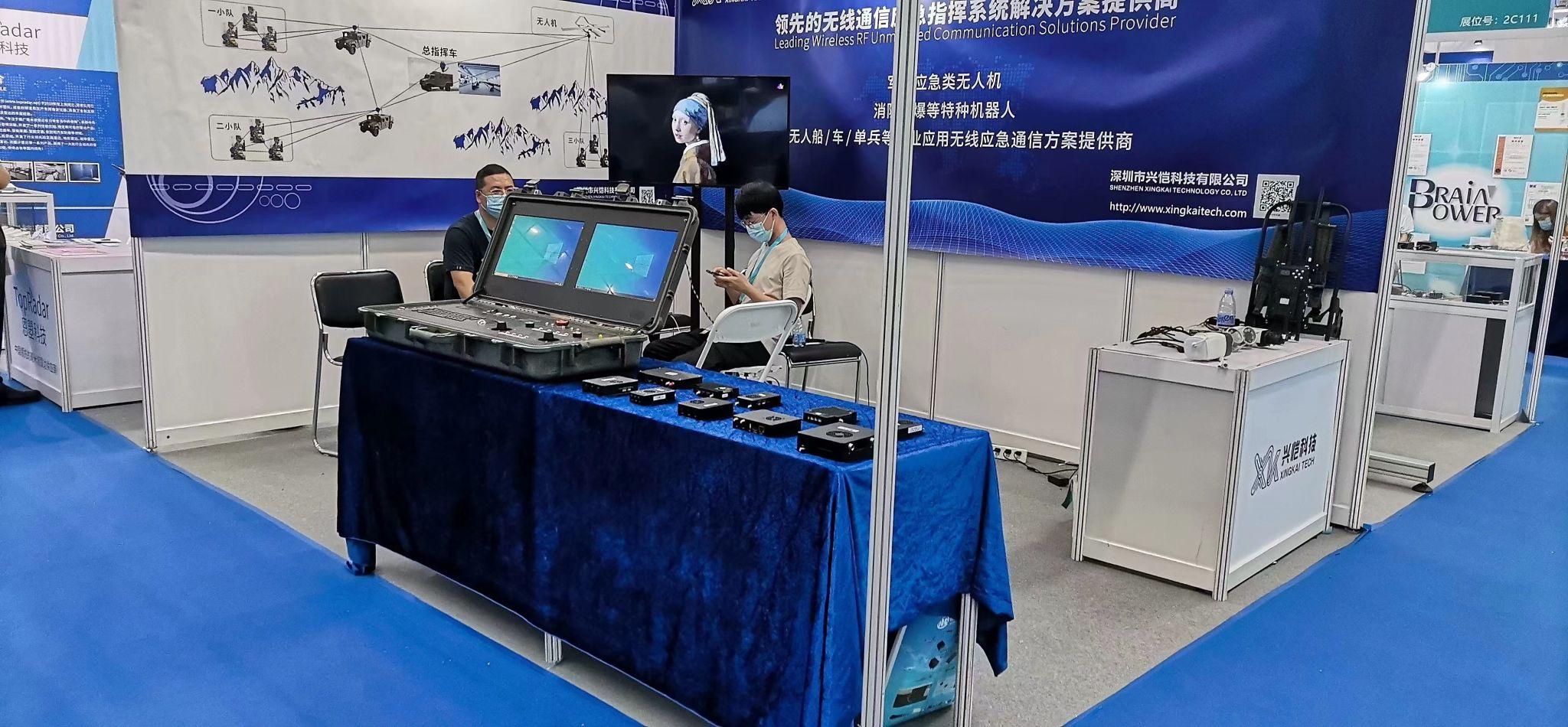As technology advances, new communication systems emerge to meet the growing demands of connectivity. One such innovation is mesh radio, a networking concept that promises to transform how we communicate wirelessly. In this article, we will explore the concept of mesh radio, its benefits, and its potential applications across various industries.
Understanding Mesh Radio:
Mesh radio is a wireless communication system that operates on a mesh network architecture. Unlike traditional point-to-point or star network topologies, where communication flows through a central hub, a mesh network allows direct communication between devices, forming a web-like structure. Each device in the network acts as a node, capable of sending, receiving, and relaying data to other nodes. This decentralized approach ensures robust connectivity and offers several advantages over conventional wireless networks.
Benefits of Mesh Radio:
1. Increased Reliability: Mesh radio networks are highly reliable due to their self-healing capabilities. In a mesh network, if one node fails or gets disconnected, the data can be rerouted through alternate paths, ensuring uninterrupted communication. This redundancy feature enhances network resilience, making it ideal for critical applications such as emergency services and industrial automation.
2. Expanded Coverage: Mesh radio enables the extension of network coverage over large areas. With each device acting as a potential repeater, the range of the network can be extended simply by adding more nodes. This scalability is particularly advantageous in environments where traditional wireless networks struggle to provide sufficient coverage, such as outdoor areas or buildings with complex layouts.
3. Improved Flexibility: Mesh radio offers flexible deployment options as it eliminates the need for a centralized infrastructure. Nodes can be placed strategically to optimize coverage and adapt to changing network requirements. This flexibility makes mesh radio suitable for scenarios where infrastructure deployment is challenging, such as disaster-stricken areas or temporary events.
4. Lower Costs: Mesh radio networks can be cost-effective compared to traditional wired or centralized wireless networks. The decentralized nature of mesh networks reduces the need for expensive infrastructure, making it a viable option for organizations with budget constraints. Additionally, the ability to add nodes incrementally allows for gradual expansion, minimizing upfront costs.
Applications of Mesh Radio:
1. Smart Cities: Mesh radio networks can support various applications in smart cities, including smart lighting, environmental monitoring, and traffic management. The flexibility and scalability of mesh radio enable efficient connectivity across different urban areas, enhancing overall city management and resource optimization.
2. Industrial Automation: The industrial sector can benefit greatly from mesh radio networks. They can enable reliable and real-time communication between sensors, machines, and control systems in complex industrial environments. Mesh radio ensures seamless connectivity, supporting applications like asset tracking, predictive maintenance, and process automation.
3. Disaster Management: During natural disasters or emergencies, communication infrastructure may be compromised. Mesh radio networks provide a decentralized solution that can restore critical communication quickly. First responders and relief organizations can utilize mesh radio to establish reliable communication networks in disaster-stricken areas.
4. Residential and Enterprise Networking: Mesh radio technology is increasingly being adopted for residential and enterprise networking. Mesh Wi-Fi systems use mesh radio to provide seamless and robust coverage throughout homes or office spaces, eliminating dead zones and ensuring uninterrupted connectivity.
Conclusion:
Mesh radio represents a significant advancement in wireless communication technology. Its decentralized architecture, self-healing capabilities, and extended coverage make it a compelling solution for various industries and applications. As the demand for reliable and scalable wireless networks continues to grow, mesh radio networks are poised to play a pivotal role in shaping the future of communication, enabling a truly connected world.

